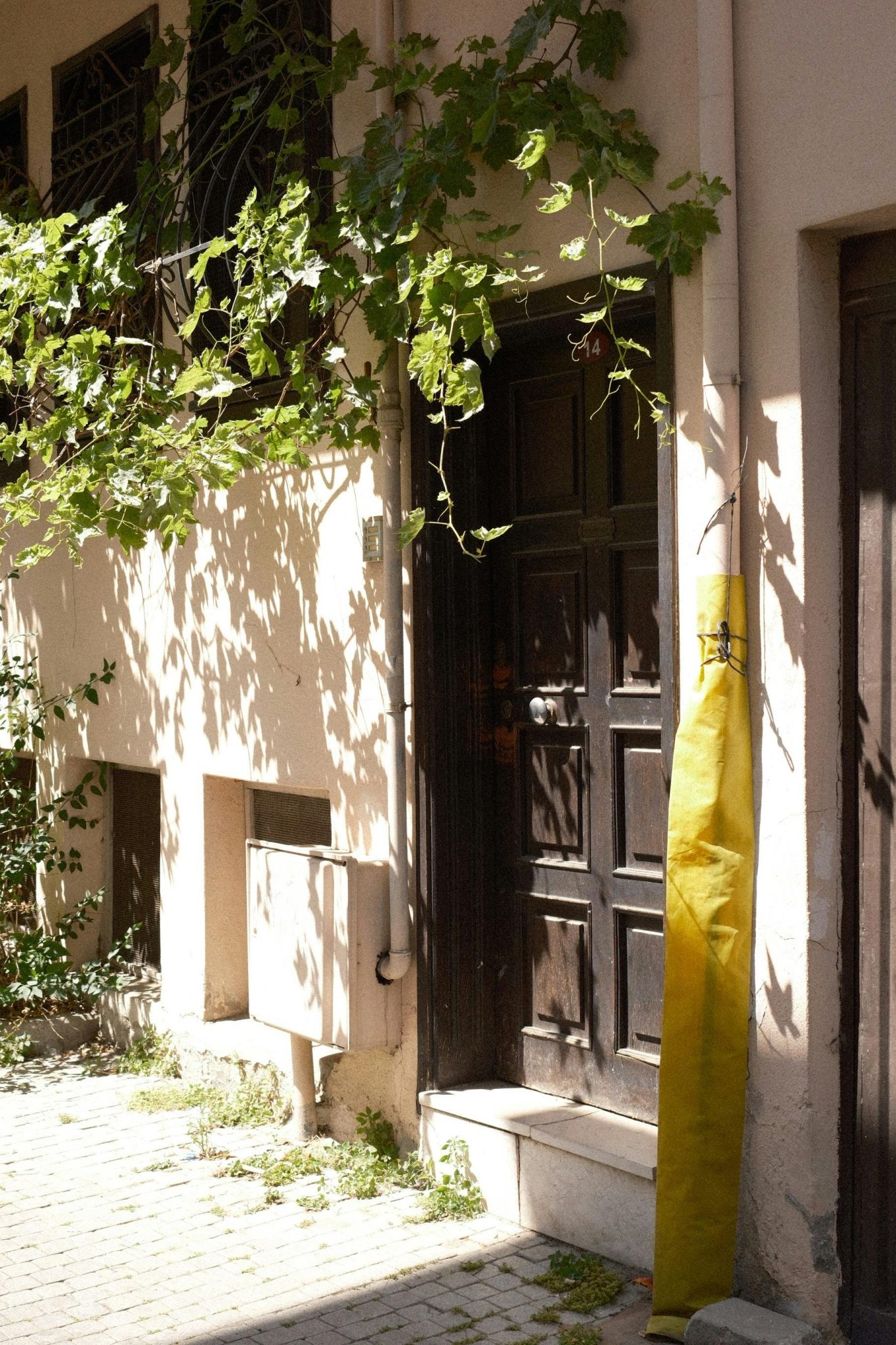 When it comes to mold repairs in your home, completely removing and replacing your drywall can certainly cost you a lot of time and money. So, why go through with this tedious and costly process when there is a more economical way to fix mold issues? That’s why we’re here to help.
When it comes to mold repairs in your home, completely removing and replacing your drywall can certainly cost you a lot of time and money. So, why go through with this tedious and costly process when there is a more economical way to fix mold issues? That’s why we’re here to help.
If you’re looking to eliminate the presence of mold on your drywall, as well as prevent it from resurfacing in the future, read on to learn more from this comprehensive guide today!
Contents
What Causes Mold on Drywall?
It is most common for mold to form on drywall when moisture begins to accumulate within your home. Mold can also form and spread because of poor ventilation, especially in areas like bathrooms, basements, and crawlspaces.
In more infrequent cases, flooding or other water damage that has not been addressed promptly can be another reason you have mold on your drywall. If that is the case, take the following approach to address the issue in its entirety.
How to Clear Mold from Your Drywall
Before starting your drywall restoration project, it’s important to note that certain precautions should be taken to ensure you stay safe. This includes wearing the proper air-filtration mask, rubber gloves, and safety goggles throughout your remediation process. It’s also important to make sure that you have all of the tools and materials needed to complete your project, including:
- Scrub brush or toothbrush
- Spray bottle of cleaning solution
- Fan
- Paper towels
- Dishwashing soap
- Drywall compound and utility knife, if applicable
Once you’ve collected your materials, follow these drywall repair steps for a seamless finish.
Prepare Your Workspace
Proper preparation includes:
- Putting on your protective gear
- Laying down a plastic sheet in your workspace
- Removing any furniture from the room
When working on a mold removal project, it’s also a good idea to use a fan or open a window to direct mold spores out of the room you’re refurbishing. This can help prevent these spores from spreading to other areas of the home and potentially damaging other interior drywall.
Clean the Affected Area
Once you have completely set up your workspace, it’s time to prep your drywall for mold removal. So, using soap and water, lightly scrub the moldy drywall. This will help wash away any dirt that may be sitting on the drywall’s surface that might hinder the removal process later.
Spray Mold with Remediation Solution
Using a mixture of vinegar, water, and baking soda, spray the moldy areas of your drywall. When applying, make sure to spray the affected area enough so that the extent of the mold is covered, but not that the solution is dripping down the wall’s surface. Once your wall is sprayed sufficiently, use either a toothbrush or a scrub brush to clean away the mold.
For larger repairs where scrubbing does not completely solve the issue, it may be beneficial to cut out the affected area with a utility knife and replace it with drywall compound. Though this task may be more time-consuming, you can stop the problem at the source without having to remove all your existing drywall, ultimately saving you time and money in the future.
Let the Cleaned Area Dry
For the best results, allow your drywall to completely dry after cleaning it with the remediation solution. We recommend placing a fan in front of the newly cleaned spot on your drywall and letting it run for as long as it takes for you to dry the affected area. The amount of time can vary depending on the extent of the repair.
After your drywall is completely dry, dispose of used cleaning materials, such as paper towels, and wash mold remediation tools accordingly.
In Conclusion: How to Prevent Mold in the Future
Once you’ve cleared the existing mold from your drywall, it’s important to ensure that it doesn’t come back in the future. With that in mind, here are just some quick tips to help preserve your repaired drywall:
- Keep humidity levels in your home as low as you can
- Maintain proper air circulation throughout your home
- Address any leaks in your roof, walls, and plumbing
- Incorporate mold inhibitors into your house paint
- Promptly clean out your home in the case of a flood
In closing, you do not have to be a home service professional to remove moldy drywall and prevent the issue from recurring. By using our tips listed above, you’ll be well on your way to taking care of the issue. With that in mind, we wish you the best of luck in your drywall remediation process!
* * *
Rachel Calvis works with NuFlow Indy, an Indiana-based family business specializing in no-dig, trenchless pipe repair.
